L'arc des vivants
Grenoble (FR) - Special Mention

TEAM PORTRAIT
INTERVIEW
Click on the images to enlarge
1. How did you form the team for the competition?
We met each other during our studies or our first professional experiences. The competition was the opportunity to gather the wills of each one of us around a site which stimulated us for several reasons : geographical attachments, strong stakes allowing us to cross practical and theoretical research, interweaving of scales and problems which corresponded to the desires of each person... We looked for complementarity in our skills as well as in the scales of focus.
2. How do you define the main issue of your project, and how did you answer on this session main topic, Living cities?
Climate change is only perceptible over a long period of time: it nevertheless calls for targeted and immediate action. Like a living body, the answer crosses a local scale of “acupuncture”, and a more global reading of the issues and their relationships. The theme is also expressed through the notions of cycles and rhythms, with the desire to highlight the complementarities and resonances between uses, their different temporalities and their alternation. This reflection is underpinned by a principle that applies to ecosystems: the more complex an ecosystem is, the stronger its resilience.
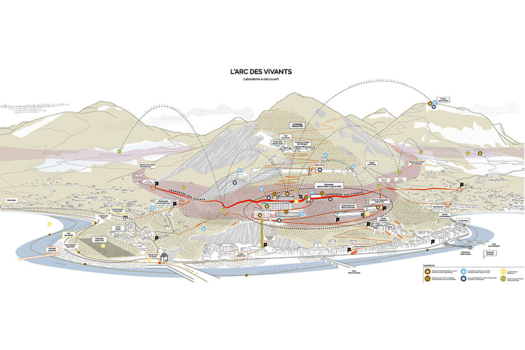
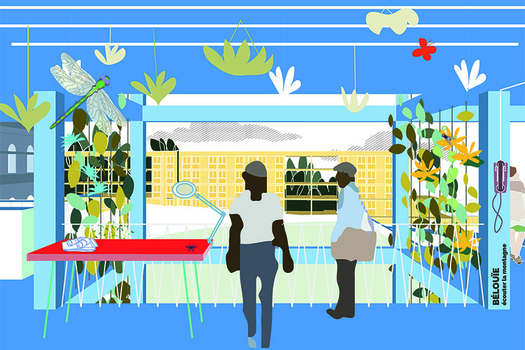
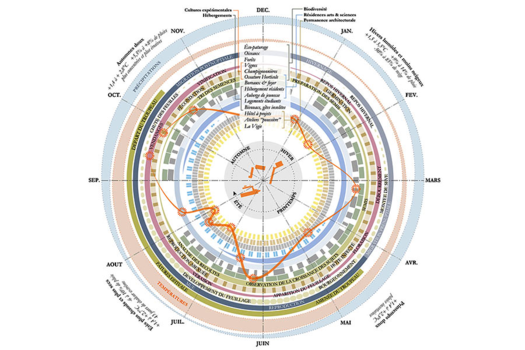
The Bastille site is seen as metabolism, active or to be regenerated, on which the memory of the elements (soils, buildings, programmes, etc.) can become a basis for a project. Our project proposes a process that addresses this by attempting to model the cycles, to draw up simplified temporal and spatial representations that allow the site to be broken down and the temporalities of the different programmes to be made more accessible.
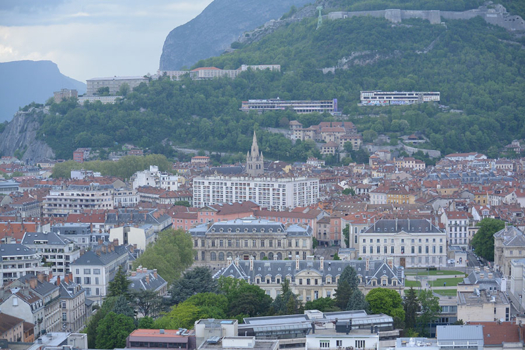
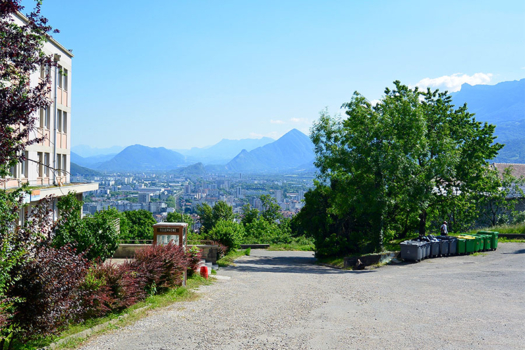
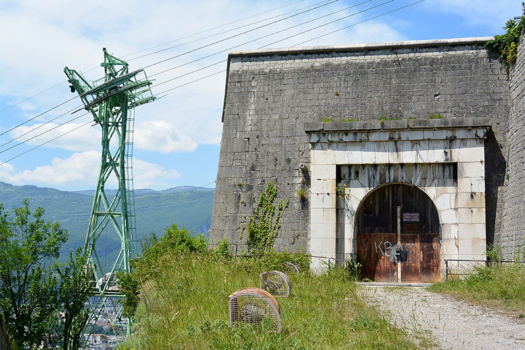
Throughout our experiences, we have had the opportunity to deal with these issues from a variety of perspectives. Our team is based on a solid foundation of theoretical and project-based research in architecture, large-scale territory and geography, notably on the city-mountain relationship applied to the city of Grenoble since the tour Perret (Ines) and on the reconversion of military forts (Luc). Our current practices as architects, landscape architects or researchers invite us to think about transformations in holistic and interconnected ways, whether in landscape, architectural or network and resource systems. Our project has been fed by conclusive approaches to the processes of transformation, operation and management of abandoned buildings such as the Hôtel Pasteur in Rennes, initiated by Notre Atelier Commun through the Université Foraine. In terms of landscaping, we also drew on projects that closely combine plants with architecture and buildings, sometimes neglected, such as the MFO Park in Zurich. Finally, we were inspired by the reflections linked to Mediterranean agricultural parks such as the Agri Parc of the Lez Valley in Montpellier, or the agricultural park of Milan, which combine agricultural production, protected natural spaces, but also research activities and awareness raising.
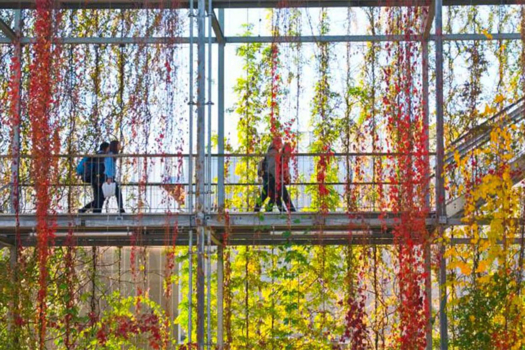
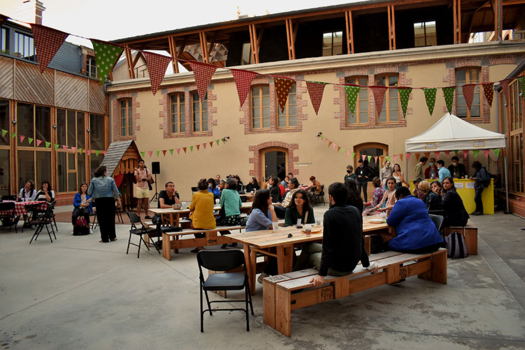
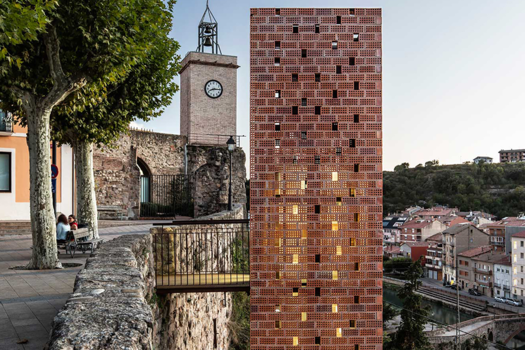
The existing network of actors in relation to the site is dynamic and highly developed. It was therefore one of the starting points for the development of the project. The spatialization of the Arc des Vivants and the expressed territorial resonances make it possible to federate it around a common imaginary, on a metropolitan scale. At the same time, the phasing question in time conditions and structures the project, which we encapsulated through a long-term chronological timeline. It brings a wider context to the elements of the project, from the short term (the political mandate, ongoing projects), the medium term (initiated urban projects) and the long term (climate change).
6. Is it the first time you have been awarded a prize at Europan? How could this help you in your professional career?
This is the first time we have won an award at Europan. We were finalists in Europan 15 on the "Pays de Dreux" site. Europan allows us to highlight different methods and projects. This competition values certain "steps aside" for a pluralism of solutions. As we are shaken up in our jobs by the challenges of our time, this opportunity encourages us to continue our reflections on the adaptation of the territory and urban wastelands with a joyful and poetic approach.
TEAM IDENTITY
Office: -
Function: architecture, landscape
Average age of the associates: 29 years old
Has your team, together or separately, already conceived or implemented some projects and/or won any competition? if yes, which ones?
Marie and Luc have been collaborating regularly since the end of 2020, which, among other things, has led to the design and production of a temporary installation in Chartreuse in 2021, with the help of Inès for the construction. Hélène and Inès met in 2020 at the landscape agency BASE, where they worked together on editorial projects.
Does your team share a common workplace? if yes, give us a short description:
Our common base is the Auvergne-Rhône-Alpes region, but each member currently resides in different cities.








